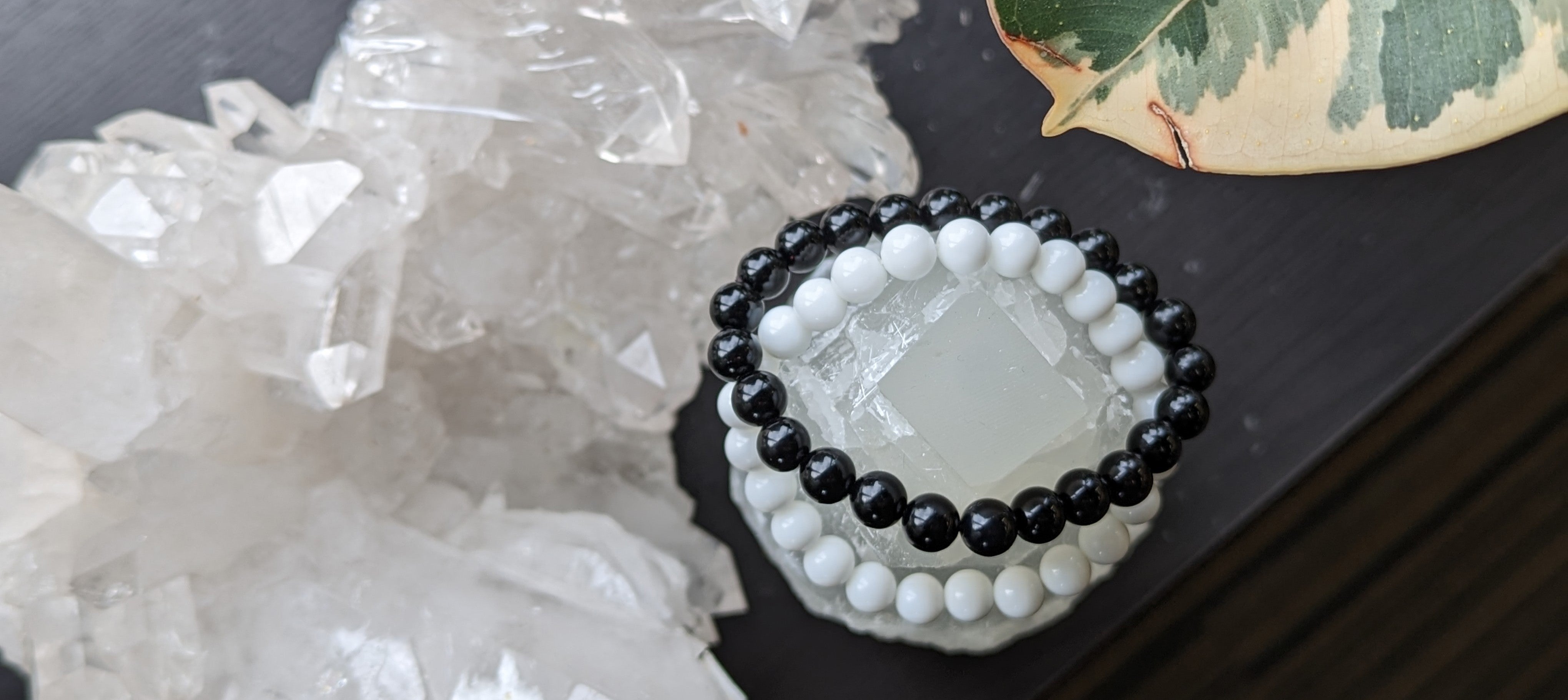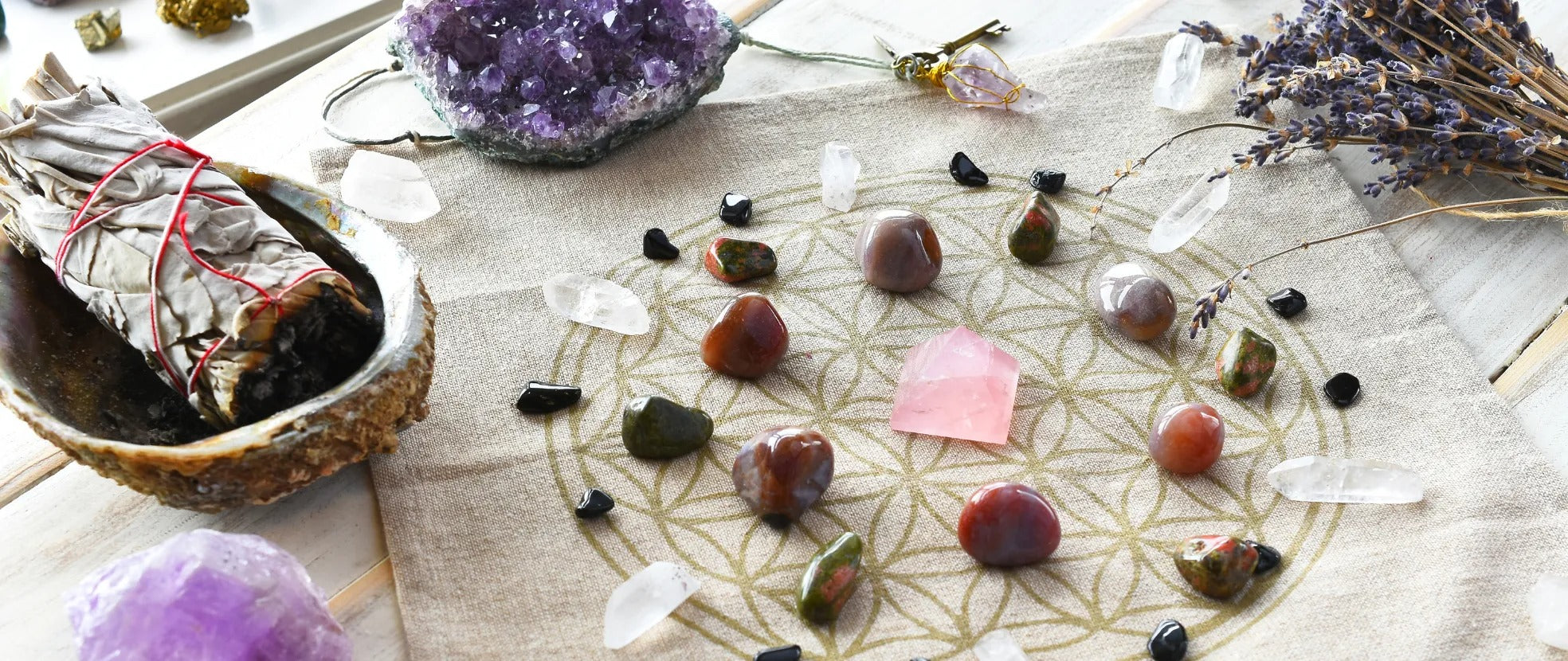Jadeite and nephrite are the two minerals known as the jade gemstone. The color of jadeite ranges from white to pale green to deep jade green, but it can also be found in blue-green, lavender, pink, and a multitude of other colors. Jadeite varies in translucence and color even within a single specimen. The most common localities where jadeite can be found include Canada, California, British Columbia, Russia, Kazakhstan, Turkestan, Italy, New Zealand, Japan, Guatemala, and Myanmar.
The Physical Properties of Jadeite
Jadeite is a dense mineral with a Mohs hardness of 6.5-7. It belongs to the pyroxene group of minerals, and its color is affected by the presence of other trace elements such as iron and chromium. Jadeite is created in metamorphic rocks when albite, a common mineral in the Earth's crust, breaks down under increasing pressure and relatively low pressure. Minerals associated with jadeite are quartz, serpentine, aragonite, muscovite, lawsonite, and glaucophane.
The History of Jadeite
The name is derived from the piedra de ijada, the Spanish phrase that means stone for the pain in the side. Jade has been used for at least 10,000 years, and the earliest objects made from it were tools because jade is a very hard material that breaks to form sharp edges. Chinese craftsmen have been using it for more than 5,000 years. The artisans from China preferred the jade obtained from Myanmar, rather than Burma, as it was denser, harder, worked more easily, and produced a higher luster polishing. Chinese artisans saw this long before jadeite and nephrite were differentiated in 1863.
In the Neolithic era, jadeite was used to make axe heads. In Japan, jadeite beads and axes were traded throughout the Korean Peninsula and Japan. The Maya, Olmec, and indigenous peoples of Costa Rica used jadeite from Guatemala in the making of tools and jewelry.
The Lore of Jadeite
People of the East believed that the stone has a mythical force. Jadeite goods were kept in proximity because they were believed to benefit and protect the wearer. The stone was thought to be the predecessor of all gemstones, symbolizing wisdom, valor, courage, modesty, and mercy (all five virtues). The cultures from Central America would keep jadeite against their side to help cure different ailments. The Chinese called it yu, which means imperial or heavenly, and it was used on the tombs of some kings of the Shang dynasty.
The Metaphysical Properties of Jadeite
Also known as the dream stone, jadeite is believed to assist in dream connection to ancient wisdom, dream recall, and dream analysis. It stimulates recognition of shared goals and skills, and it harmonizes relationships. The stone instills a sense of tranquility and inner peace.
Jadeite can help you uncover the source of your feelings and learn to accept and embrace yourself exactly the way you are. It is a symbol of serenity and purity that brings friendship and good luck. Jadeite integrates the body with the mind, stabilizes the personality, calms and balances emotions and the mind, encourages self-esteem and self-love, and helps to release negative emotions (especially irritation). Both jadeite and nephrite are suitable for shy and lonely people because they attract friendship.




